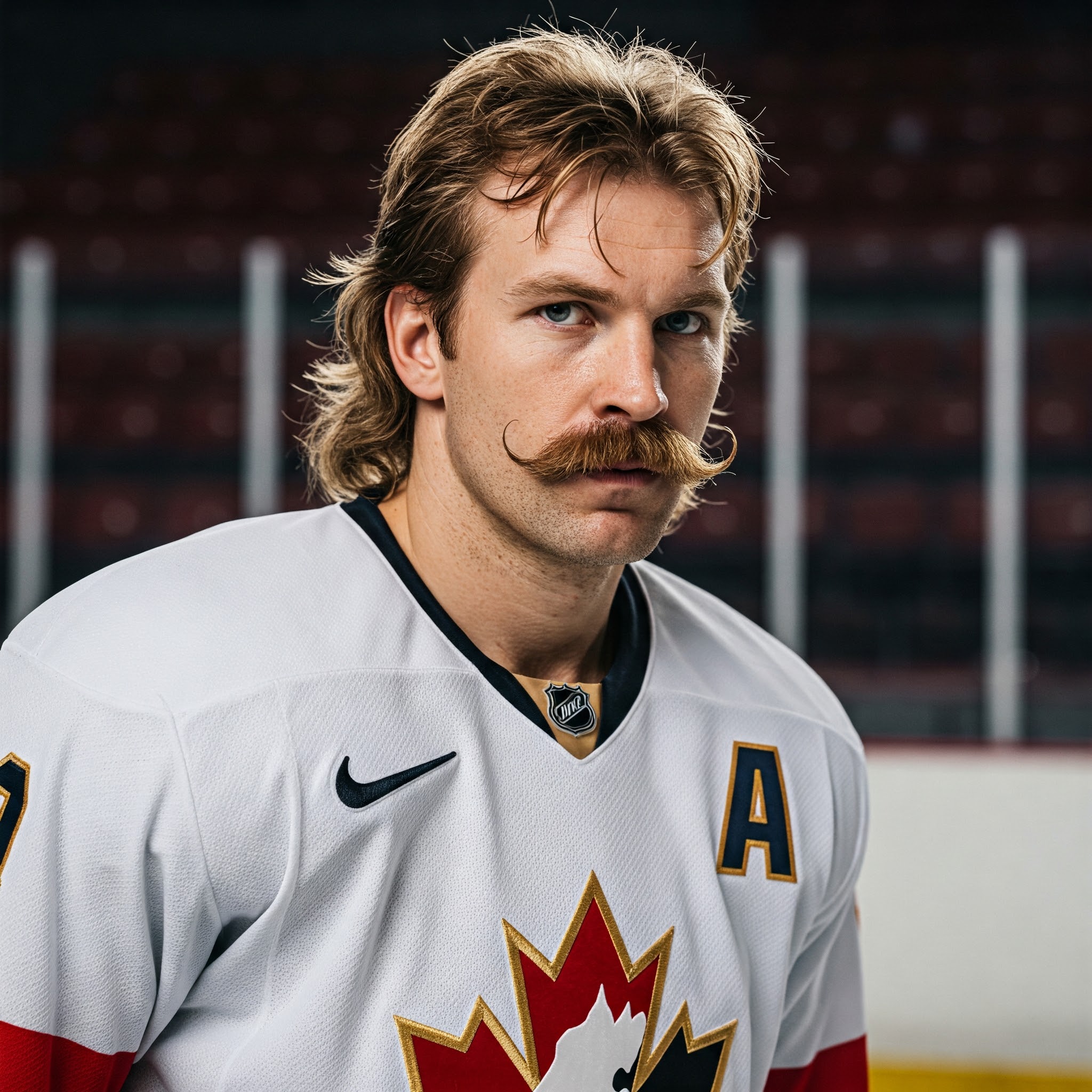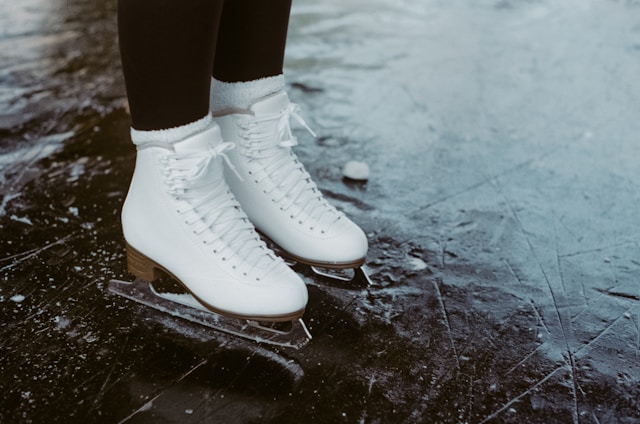The icy atmosphere of the rink might be familiar to Canadian figure skating fans, but the challenges our athletes face ahead of the 2026 Winter Olympics in Milan-Cortina are as steep as a triple axel.
Canada’s figure skating program, celebrated for its storied past and world-class talent, now finds itself at a crossroads. At the recent 2025 World Figure Skating Championships in Boston, our athletes gave gutsy performances but struggled to replicate past glory. Deanna Stellato-Dudek and Maxime Deschamps, Canada’s top pairs team, finished seventh after a short program marred by missteps. Their story is one of resilience: a previous world title, personal bests, and battling through injuries this season. Yet, their current form raises questions about Canada’s competitiveness on the global stage. With Stellato-Dudek having secured Canadian citizenship in December 2024, the pair is eligible for the Milan-Cortina Games, but they’ll need to bring their A-game to secure Olympic quotas for Canada.
In figure skating, quotas determine how many athletes a country can send to the Olympics. At the World Championships, Canadian skaters are fighting for every placement point. Lia Pereira and Trennt Michaud, who finished tenth, and Kelly Ann Laurin with Loucas Ethier, who placed twelfth, epitomized the depth of Canadian talent but demonstrated the razor-thin margins that separate success from disappointment. The pairs competition alone requires a combined placement of 13 or lower for Canada to secure three coveted Olympic spots. Meanwhile, our women’s singles skater, Madeline Schizas, is doing her part, having already locked in one guaranteed Olympic entry by ranking sixth in the short program—a career-best performance for the 22-year-old from Oakville.
Looking ahead to Milan-Cortina, the stakes couldn’t be higher. The 2026 Games represent a chance for Canadian skaters to showcase their ability on the world stage. However, the road to Italy won’t be easy. Injuries, illnesses, and fierce international competition have tested the mettle of Canada’s skaters this season. Japan’s Riku Miura and Ryuichi Kihara, Italy’s Sara Conti and Niccolo Macii, and Germany’s Minerva Fabienne Hase and Nikita Volodin are just a few of the duos setting the gold standard. For Canada to reclaim its spot among the world’s best, key lessons must be drawn from this year’s performances.
But it’s not all doom and gloom. Canadian figure skating has a history of overcoming odds. From legendary champions like Tessa Virtue and Scott Moir to recent victories by Stellato-Dudek and Deschamps, the resilience of Canadian athletes is undeniable. The Milan-Cortina Games are still over a year away, leaving ample time for training, recovery, and adjustments. The focus now, however, is on qualifying spots and sharpening programs to perfection. It’s not just about medals—it’s about ensuring Canada continues to be a dominant force and a source of pride in figure skating.
With the world watching, the pressure is on. Canadian skaters, both veterans and rising stars, will need every ounce of grit, determination, and ice-cold focus to ensure that the maple leaf flies high in Milan-Cortina. Let’s lace up the skates, Canada—it’s time to make history again.
References:
Canada’s Stellato-Dudek, Deschamps seventh after world figure skating short program

